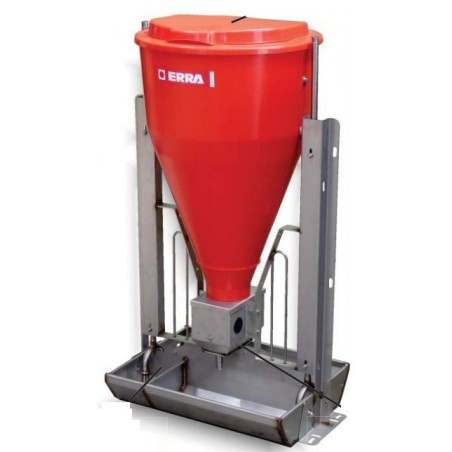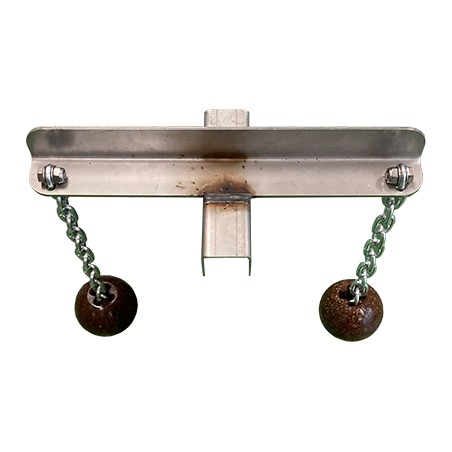Pork producers typically aim to optimize growth rates, but occasionally it is necessary to slow growth, such as when harvest facility capacity is limited. In finishing pigs, numerous dietary strategies can be used to slow growth, so pigs are at optimal slaughter body weights when harvest facility capacity and/or access is restored. However, the impact of these diets on pork carcass quality is largely unknown. Thus, this study aimed to evaluate the efficacy of dietary strategies to slow growth in late finishing pigs and evaluate their effects on carcass composition and pork quality. Mixed-sex pigs (n = 897; 125 ± 2 kg BW) were randomly allotted across 48 pens and assigned to 1 of 6 dietary treatments (n = 8 pens/treatment): (1) Control diet representative of a typical finisher diet (CON); (2) diet containing 3% calcium chloride (CaCl2); (3) diet containing 97% corn and no soybean meal (Corn); (4) diet deficient in isoleucine (LowIle); (5) diet containing 15% neutral detergent fiber (NDF) from soybean hulls (15% NDF); and (6) diet containing 20% NDF from soybean hulls (20% NDF). Over 42 d, pen body weights and feed disappearance were collected. Pigs were harvested in 3 groups (14, 28, and 42 d on feed) and carcass data collected. From the harvest group, 1 loin was collected from 120 randomly selected carcasses (20 loins/treatment) to evaluate pork quality traits.
Overall, ADG was reduced in CaCl2, Corn, and 20% NDF pigs compared with CON pigs. However, ADFI was only reduced in CaCl2 and 20% NDF pigs compared with CON. Feed efficiency was reduced in CaCl2 and Corn pigs compared with CON. Hot carcass weights were reduced in CaCl2 pigs at all harvest dates and were reduced in Corn and 20% NDF pigs at days 28 and 42 compared with CON pigs. In general, CaCl2 and 20% NDF diets resulted in leaner carcasses, whereas the Corn diet increased backfat by 42 d on test. Loin pH was reduced and star probe increased in CaCl2 pigs compared with CON pigs.

Overall, these data indicate that several dietary strategies can slow finishing pig growth without evidence of behavioural vices. However, changes to carcass composition and quality were also observed, indicating quality should be taken into consideration when choosing diets to slow growth.
Helm ET, Ross JW, Patience JF, Lonergan SM, Huff-Lonergan E, Greiner LL, Reever LM, Hastad CW, Arkfeld EK, Gabler NK. Nutritional approaches to slow late finishing pig growth: implications on carcass composition and pork quality. Journal of Animal Science. 2021; 99(1): skaa368. https://doi.org/10.1093/jas/skaa368









